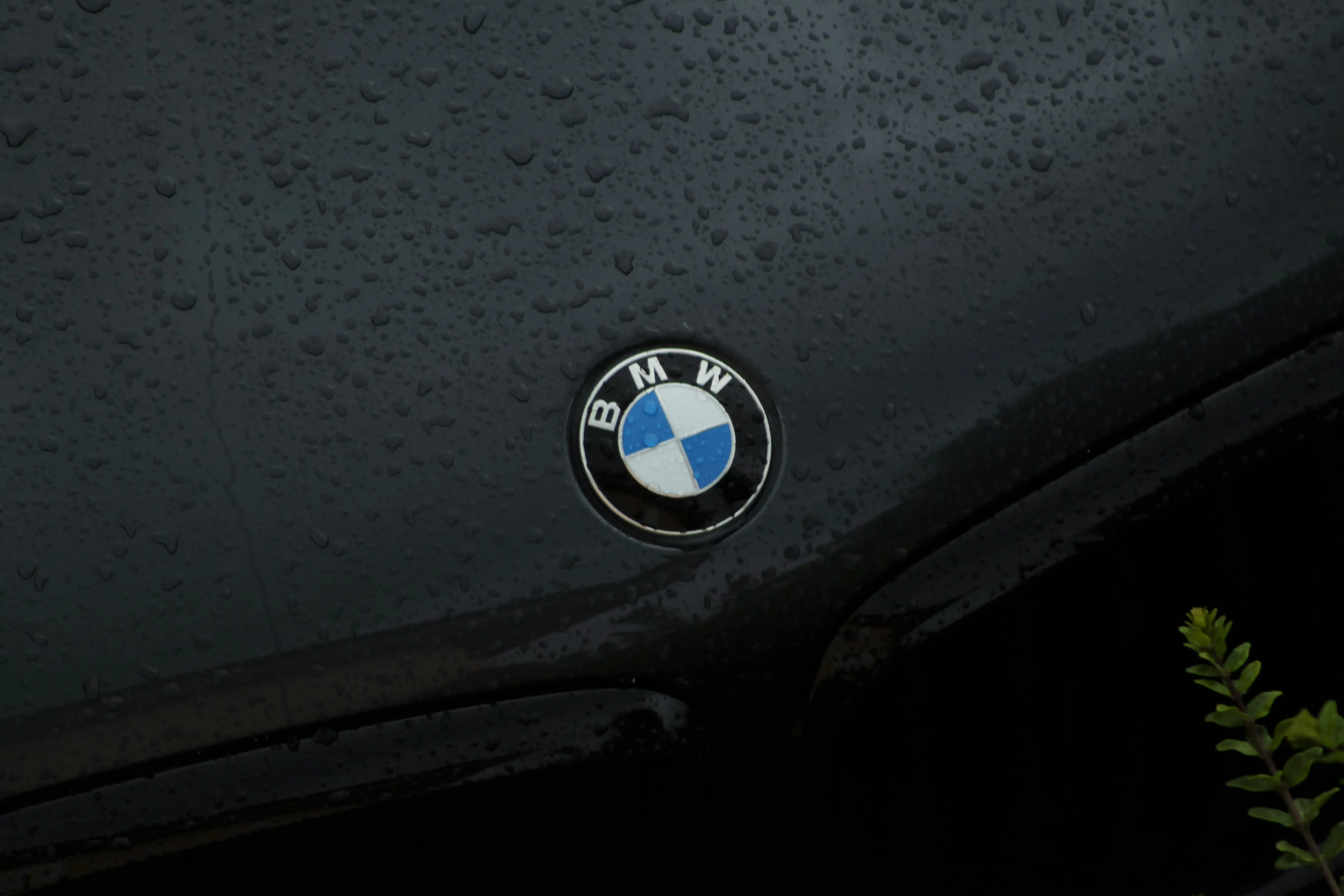Question
I recently purchased a BMW and had cruise control engaged on the highway, but it started braking as I went downhill. What is this function?
The Answer
BMW introduced the Dynamic Cruise Control feature that allows its cruise control to use your brakes to slow down your car, allowing you to keep to the speed you have set on your cruise control system.
Traditionally, cruise control systems tend to only control the engine speed. On slight descents, engine braking and drag will slow your car down and allow you to keep to the speed limit you have set on your cruise control.
However, engine braking tends to be weak, so when you descend steep hills like those in the Rockies or Appalachian mountains, a traditional cruise control system may not be able to maintain a consistent speed.
This is where Dynamic Cruise Control comes in. According to BMW USA, Dynamic Cruise Control has the following features:
- Holds set speeds over 20 mph.
- Can apply brakes automatically when going down hill
- Has a curve speed limiter which reduces vehicle speed when steering through a curve or corner.
Everything else is typical of what you’d expect from a cruise control system. You can use the thumb rocker to increase and decrease speeds, like you would on any cruise control system. The added benefit here is that if you decide to lower the speed of your cruise control significantly, your Dynamic Cruise Control system can use your brakes to help you slow down.
In the 2012 BMW X3 manual, they advise that you should not use this feature in unfavorable conditions that could cause you to lose control of the vehicle, including:
- On roads with a lot of turns or curves
- In congested traffic
- On wet, slippery, or gravel roads
- In fog, snow, or rain
Older BMWs might only have access to Dynamic Cruise Control. However, if your BMW has BMW iDrive 7.0 or newer, you will also have access to BMW’s Active Cruise Control feature. Active Cruise Control represents a step up from Dynamic Cruise Control because your BMW has sensors that allow you to specify how much distance you’d like to keep from the car ahead.
You may disable Active Cruise Control and return to Dynamic Cruise Control by holding one of the distance buttons until a message on the instrument cluster acknowledges the deactivation.

Xuyun Zeng is a writer and editor with a wide-ranging content background including tech, journalism, cars and health care. After graduating with highest honors in journalism, Xuyun led a newspaper to win eight awards, helped start an award-winning film industry podcast and has written over a hundred articles about cars repair, state laws and insurance. Prior to joining Jerry, Xuyun worked as a freelance SEO consultant with a mission to create the best content that will help readers and grow organic traffic.

Expert insurance writer and editor Amy Bobinger specializes in car repair, car maintenance, and car insurance. Amy is passionate about creating content that helps consumers navigate challenges related to car ownership and achieve financial success in areas relating to cars. Amy has over 10 years of writing and editing experience. After several years as a freelance writer, Amy spent four years as an editing fellow at WikiHow, where she co-authored over 600 articles on topics including car maintenance and home ownership. Since joining Jerry’s editorial team in 2022, Amy has edited over 2,500 articles on car insurance, state driving laws, and car repair and maintenance.








